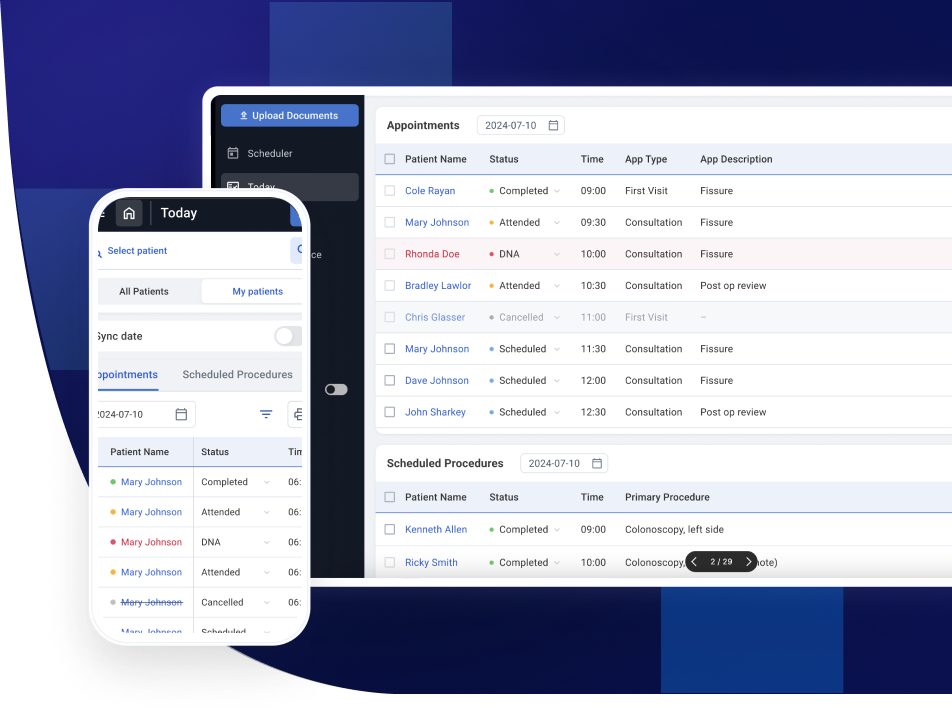In today’s fast-paced healthcare environment, efficiency, accuracy, and patient satisfaction are more important than ever. A Clinical Practice Management System (CPMS) plays a vital role in achieving these goals by integrating various administrative and clinical functions into one cohesive platform. Let’s explore how a CPMS can revolutionize the workflows in a clinical setting.
Streamlining Appointment Scheduling and Patient Registration
Gone are the days of paper-based scheduling and long queues at the front desk. With a CPMS, clinics can offer automated appointment booking, real-time calendar syncing, and online patient registration. This reduces wait times, minimizes manual errors, and enhances the overall patient experience right from the first interaction.
Enhancing Electronic Health Record (EHR) Management
A modern CPMS often includes or integrates with EHR systems, providing centralized access to patient histories, lab results, prescriptions, and treatment plans. Clinicians can make more informed decisions, update records in real-time, and ensure continuity of care across different departments or providers.
Optimizing Billing and Revenue Cycle Management
Billing errors and delayed reimbursements are major pain points for many practices. A CPMS helps automate coding, invoicing, claims submission, and payment tracking. This leads to faster reimbursements, fewer denials, and a more predictable cash flow, enabling clinics to focus more on care and less on paperwork.
Improving Clinical Documentation and Workflow Efficiency
Efficient documentation is crucial not only for compliance but also for quality care delivery. CPMS tools allow for structured templates, voice-to-text dictation, and customizable workflows. This reduces clinician burnout and frees up more time for patient interaction, while also maintaining thorough and accurate records.
Boosting Communication and Collaboration
A CPMS facilitates secure internal messaging, task assignments, and real-time updates across care teams. Whether it’s coordinating with labs, sending referrals, or consulting with specialists, seamless communication improves patient outcomes and minimizes delays in care delivery.
Strengthening Data Security and Compliance
With sensitive patient data at stake, robust security protocols and HIPAA compliance are non-negotiable. CPMS platforms offer role-based access control, encryption, audit trails, and regular backups to safeguard information and ensure compliance with local regulations.
Empowering Patient Engagement
Today’s patients expect more control over their healthcare. CPMS features like patient portals, mobile apps, appointment reminders, and telehealth integration empower patients to take an active role in their health journey. This results in better adherence, satisfaction, and health outcomes.
Facilitating Data Analytics and Reporting
From performance metrics to patient demographics, a CPMS provides powerful data visualization and reporting tools. Clinics can track key indicators, identify trends, and make evidence-based decisions to improve both clinical and operational performance.
Final Thoughts
A Clinical Practice Management System isn’t just a tool—it’s the backbone of modern healthcare operations. By unifying administrative tasks and clinical workflows, it allows providers to deliver higher quality care with greater efficiency. Whether you’re running a small clinic or a multi-location practice, adopting a CPMS can be a game-changer for your practice’s success and sustainability.









